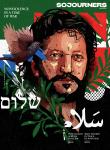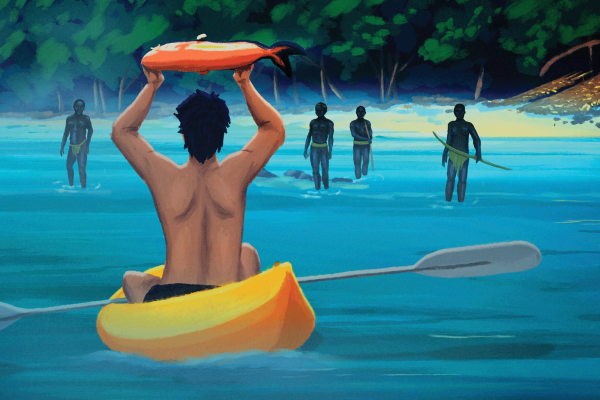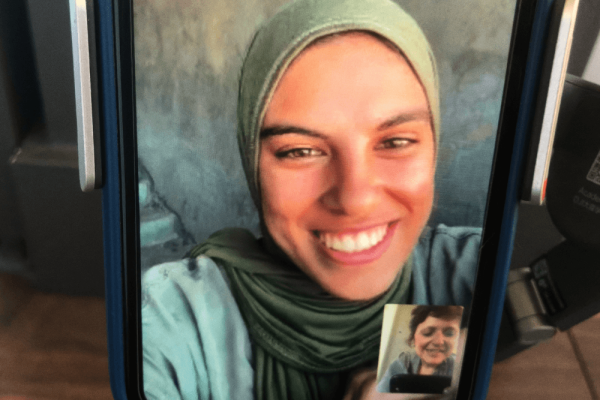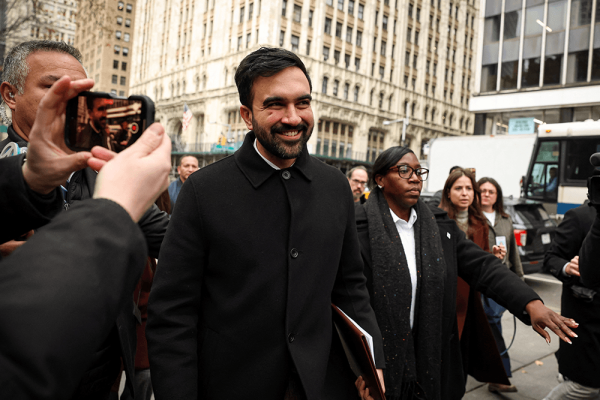IN 2018, 26-year-old American missionary John Allen Chau journeyed to the Andaman Islands in the Indian Ocean. He wanted to minister to the Sentinelese, the Indigenous residents of North Sentinel Island and one of the last population groups on the planet to have avoided modernization by the outside world. Chau, an Oral Roberts University graduate who grew up steeped in conservative evangelical culture, felt called to bring the gospel to unreached people.
The mission did not go as planned. Chau was quickly killed by the Sentinelese, who saw him as a threat. Chau’s death caused a public reevaluation of cross-cultural missions, one explored in the documentary The Mission. The film tells Chau’s story through his diary excerpts, his father Patrick’s account of Chau’s life, and expert interviews.
Directors Amanda McBaine and Jesse Moss don’t cast judgment; instead, they add context and ask questions. Was Chau’s death martyrdom, or the result of a foolish fantasy? Does teaching God’s word to isolated peoples help them, or open them to exploitation, colonization, and eradication?
McBaine and Moss suggest conservative evangelicalism’s emphasis on “the unreached” caused Chau to see risky overseas missions as the ultimate calling — to the neglect of people nearby who needed to hear good news. One friend recalls how Chau made her feel welcomed by recognizing her feelings of isolation and inviting her on a camping trip. This illustration of emotional intelligence pushes viewers to wonder what good Chau could have done if he’d stayed where he was.
The history of missions to Indigenous groups is rife with colonization narratives and fantastical thinking. Patrick Chau shares he understood that his son’s fixation on the Sentinelese was problematic, but couldn’t get through to him, saying, “He was excited as if the place and people were specifically left for him. My heart sunk, for his ‘calling’ was based on his fantasy.”
The Mission considers viewpoints on Indigenous missions that suggest the field needs to better prepare would-be missionaries to realize that effective evangelism is based on deep one-to-one relationships, not easily measured large-scale conversion. McBaine and Moss speak with one former missionary who lost his faith after spending 30 years with a tribe in the Amazon, believing he’d wasted his life when it became clear they weren’t interested in Christianity. The filmmakers also speak with historians about examples of past outreach that all but decimated other tribes.
The Mission pushes Western missionaries to engage in relational ministry with Indigenous populations and learn from history to change cross-cultural evangelism.

Got something to say about what you're reading? We value your feedback!







